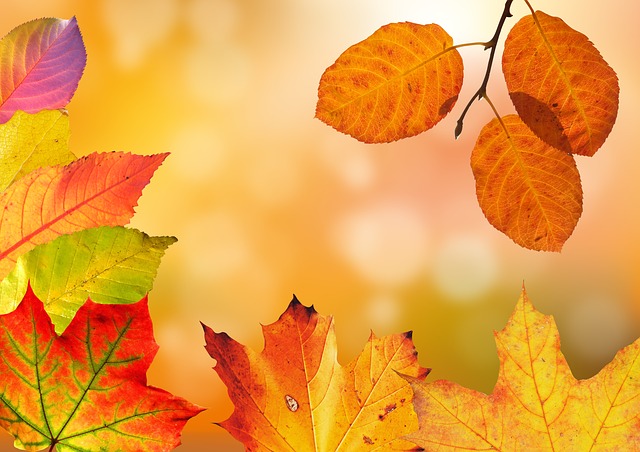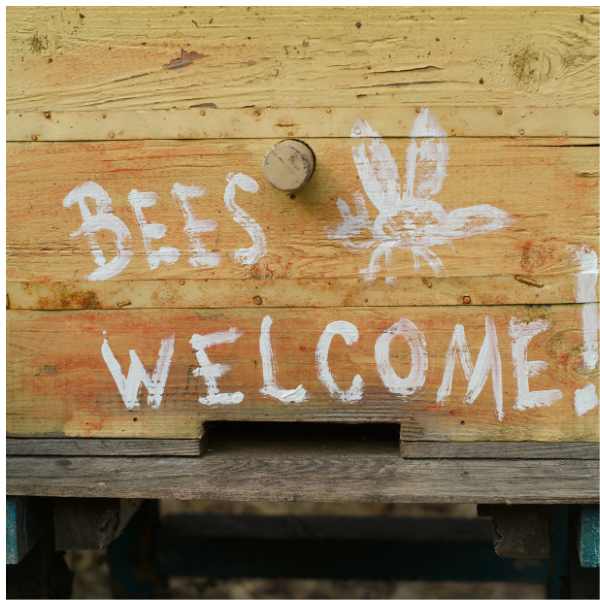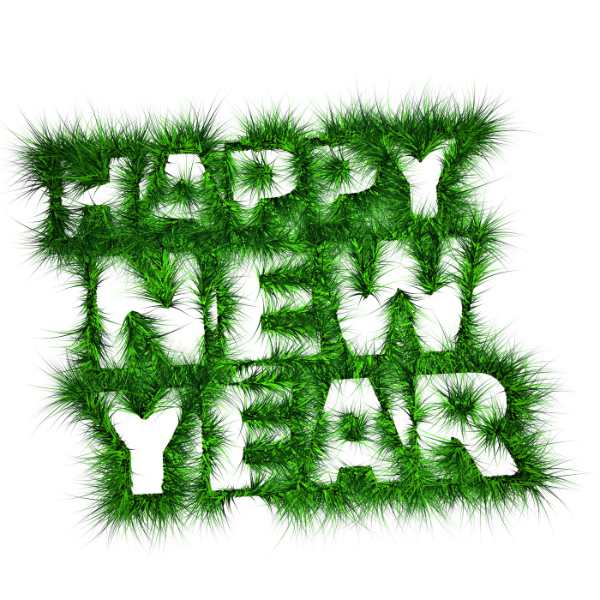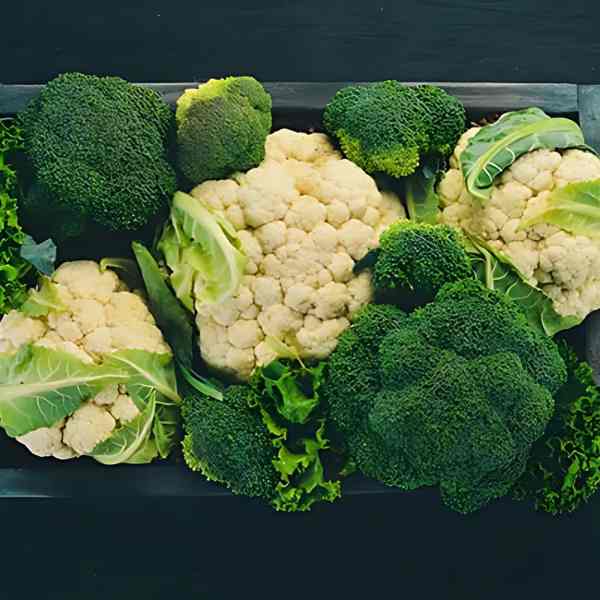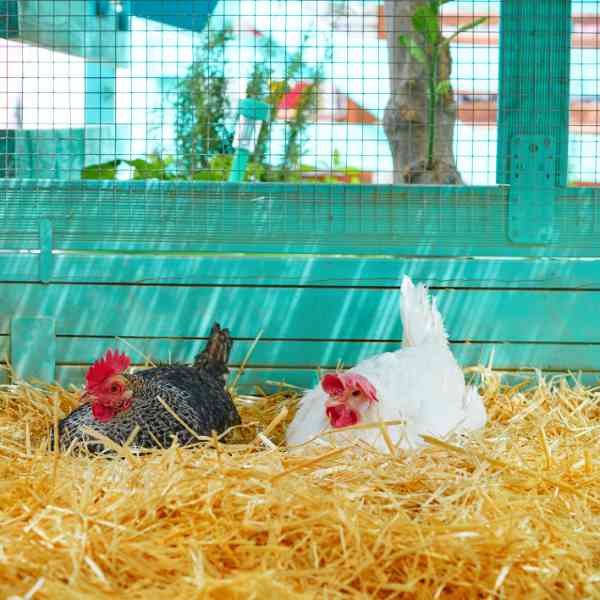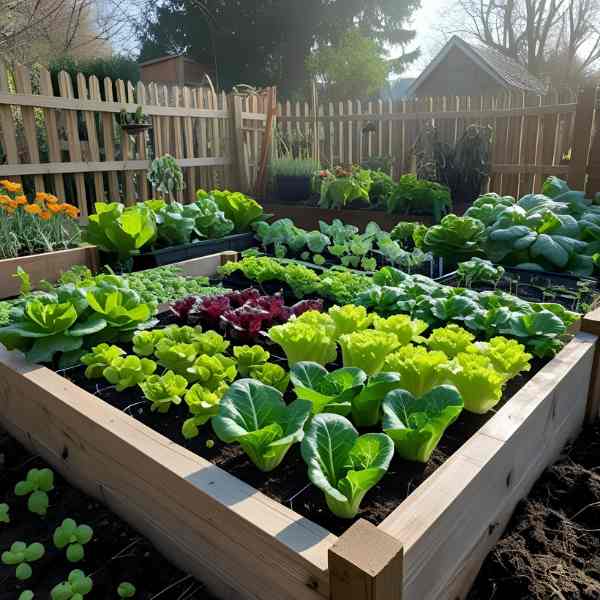Planning for Spring
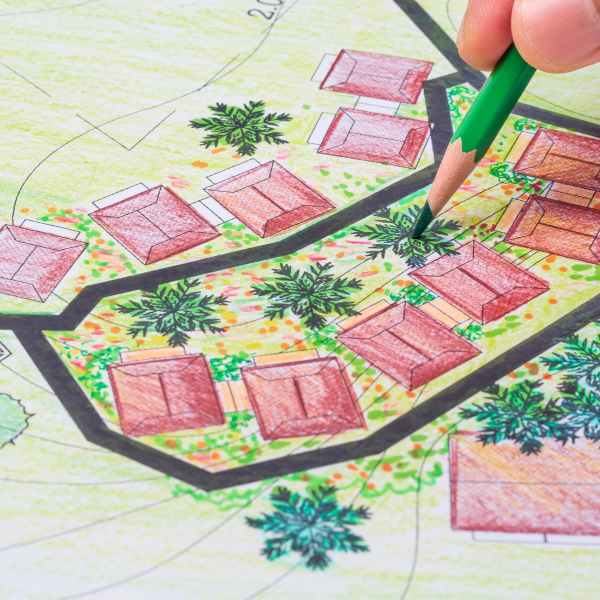
Now is the perfect time to sit down with a steaming cup of cocoa and get stuck into planning your summer garden. There are a few essential decisions to make sure that your garden is as productive as you need.
What Space Do You Have?
A rough sketch of your growing space is the first cab off the rank. Put down all aspects such as growing areas, available pots, climbing trellises, shade structures and green houses. Gates, fences, walls, and shrub placement also play a part.
My productive garden areas change with the season due to how the sunlight and wind move. I have a few large trees which provide lots of dappled shade, perfect for summer and a few areas that need shade cloth to be useful.
I know my garden well after many seasons of planting, but if it’s your first year, there will be a little bit of guesswork.
What To Grow Where?
Now you know your space, you can work out what you are going to plant. A good question to ask yourself is who am I growing for and what do they like to eat? Then start placing your selections on to your garden plan.
Make sure that you consider both the size of plants when they are fully grown, and their growing needs. Sprawling plants such as pumpkin and squash should be at the edge of vegetable beds, so they don’t smother other crops.
Leafy crops like summer lettuce can benefit from the shade cast by taller plants or garden structures, and sweet corn should always be grown in blocks rather than a single row so that they can wind-pollinate properly.
Can you move pots around during the season to extend the growing period for plants that cannot hack the highs of summer but will revel in the spring sunshine?
Quick crops such as radish, beetroot, bok choy, pak choy and spinach can be grown in between slower maturing crops as they will picked and on the plate by the time that the larger plants need the space.
When To Plant?
Once you have your list ready of what you are going to grow, jump online and research the different varieties available.
On my web site in the Planting Guides section of the reading list, you will discover lists of seeds that can be planted in each month. They are guide lines though and you do need to consider what is happening with the weather this year.
For Spring the main factor is frost. Frost is a nasty villain causing injuries by causing ice crystals to form in the plant cells and is particularly damaging to tender new growth in the spring. Frost is classed as temperatures below 2°C so if you live in an area where this temperature or less occurs then a little research is required.
The Australian Bureau of Meteorology has some useful maps to show temperatures and frost forecasts that can be used in conjunction with the averages provided in the Planting Guides.
You can also read the soil temperatures required for germination. These can be found on the back of your seed packet and in the individual seed descriptions on the web site. Other useful information that you will find are the planting position, seed planting depth, spacing guide lines and days to harvest.
What Supplies Will You Need?
What will you need to have on hand for optimum success. An afternoon in the shed going over all your gear is a good chore for winter. What’s knackered and needs replacing and what needs a bit of loving to see it through another season.
How about your soil? Does it need to be improved? Have you got enough compost? Have you ordered your seeds? How are your climbing structures going for the tomatoes and beans?
Carefully planning seed and garden supply orders is essential, so you can get growing as soon as the weather is right.

